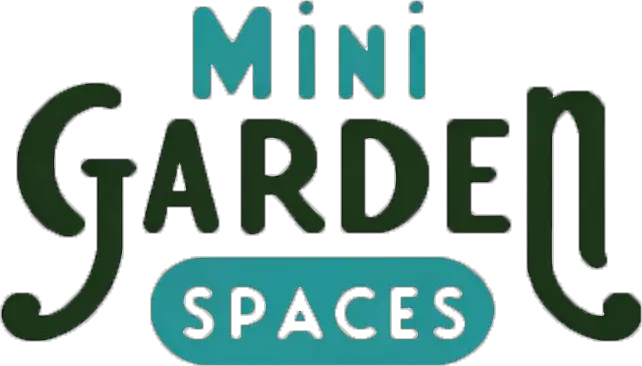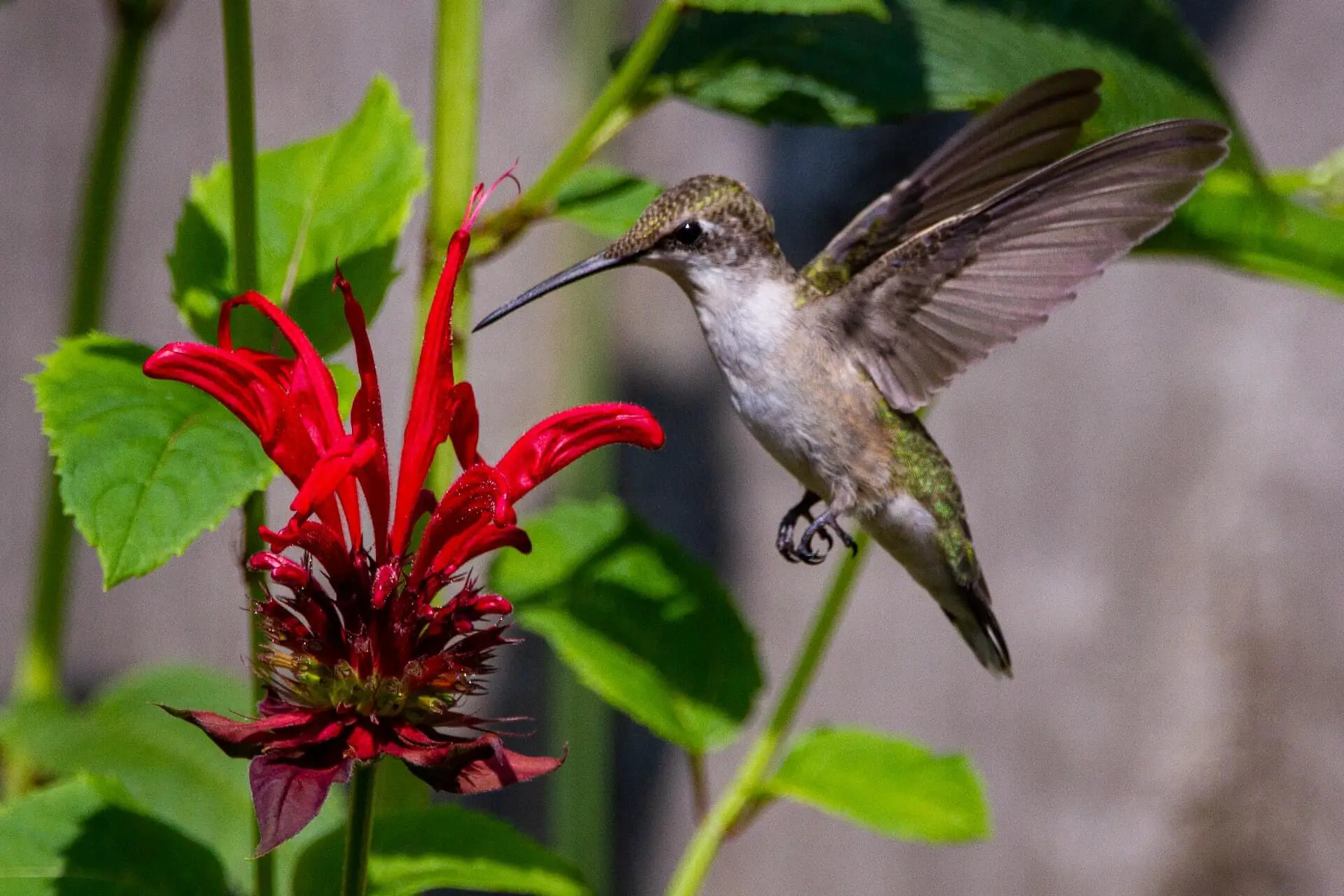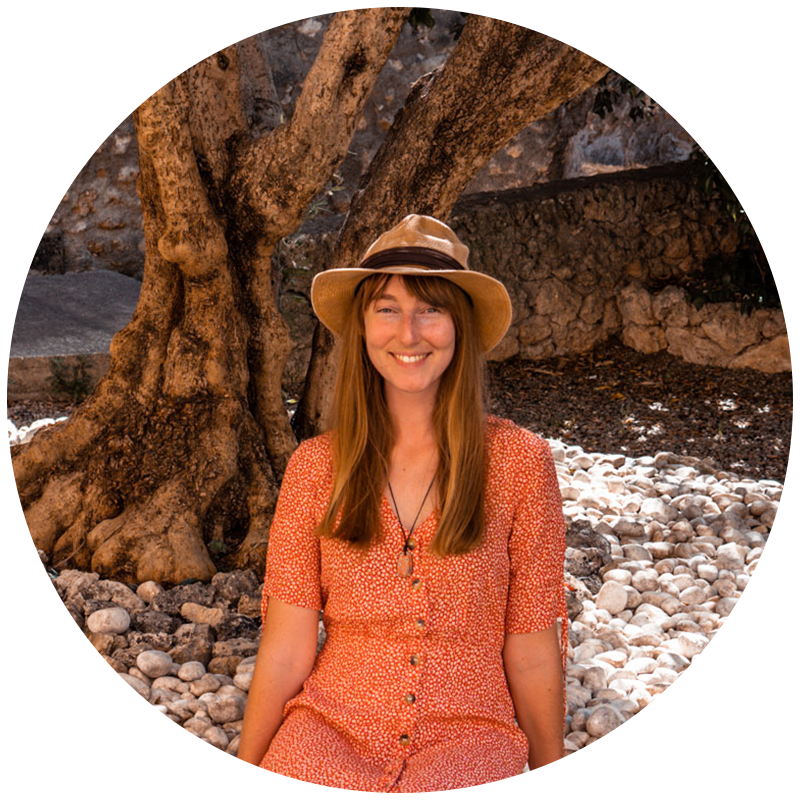8 Balcony Plants to Grow for Hummingbirds
February, 2023 |The best plants to grow for hummingbirds are ones that have nectar-rich flowers. Ideally, the flower shape should allow them to easily reach the nourishing, sugary goodness with their long tongues.
Why grow plants for hummingbirds?
With lots of habit loss happening all over the world, planting wildlife-friendly plants is a great way to support your local ecosystems.
According to a recent study, around 10% of hummingbirds are threatened. And roughly 60% of hummingbird species are in decline. So planting nectar-rich plants is a great way to support these mini, feathered wonders.

Balcony plants to attract hummingbirds
Even in a small garden space like a balcony, you’ll be providing a great source of food for hummingbirds.
Here are some beautiful, fragrant plants you can add to your balcony to attract hummingbirds!
1. Coral Honeysuckle (Lonicera sempervirens)
This beautifully named plant produces vibrant, coral-red flowers right at the beginning of the hummingbird migration north. The blooms are long and trumpet-shaped making them perfect for hummingbirds to collect nectar.
It’s a vining plant that’ll reach roughly 7 foot, so plant it in a container next to a trellis or fence for some support. Coral Honeysuckle is originally native to Eastern states, so it’s a great local plant to keep on your balcony to support hummingbirds and other local pollinators.
Planting Position: Partial shade, prefers moist but well-draining soil.
USDA Hardiness: Zones 4 to 10

2. Trumpet Vine (Campsis radicans)
Another beautiful plant with orange tubular, trumpet-shaped flowers. A rich source of nectar can be found inside the flower tube. There are usually a few drops, so if you’re curious you could have a taste yourself! Though we don’t generally recommend eating the whole flower.
They’re a great climbing plant for a balcony as they bring color and fragrance, but also hummingbirds!
As a vining plant, make sure you place its container near a trellis so it can climb vertically. Grown next to the Coral Honeysuckle you’ll have a beautiful display of pink, red, and orange flowers.
They’re pretty vigorous and can grow a lot in one season. So make sure you’re prepared to prune them when necessary. Some people also find the sap irritating on the skin, so wear gloves when pruning.
Planting Position: Sun, partial shade.
USDA Hardiness: Zones 4 to 9

3. Hummingbird Mint (Agastache)
Sometimes known as Giant Hyssop, Agastache plants are great for attracting hummingbirds. Plus they’re also great plants for Monarch butterflies too! There are lots of different color variations, perfect for adding color to a balcony garden.
Some beautiful varieties include the Agastache cana ‘Rosita’, which has bright pink flowers and is a smaller size. Or the Sunset Hyssop, which has flowers in a blend of dusky purple and orange — just like a sunset!
Planting Position: Full sun is best.
USDA Hardiness: Zones 5 to 9

4. Salvias
Salvias contain lots of nectar making them a perfect plant to attract hummingbirds The gorgeous purple blooms are also great plants for butterflies too.
Two of the best salvias for hummingbirds are the Salvia guaranitica and Salvia ‘Ember’s Wish’. There are lots of different color varieties and types to choose from, so you could add a mix! These are definitely a great hummingbird-attracting addition to your balcony garden.
Planting Position: Sun, partial shade.
USDA Hardiness: Perennial in zones 8 to 10, annual in cooler zones.

5. Columbine (Aquilegia)
By adding Columbine plants onto your balcony you can enjoy beautiful blooms throughout the summer. They produce bold double-colored flowers. A visual treat for you, and a great nectar source for hummingbirds and also bees.
It’s also a fairly drought-tolerant plant, so it’s perfect if you live in a dry area, or you’re creating a xeriscape garden using containers.
Planting Position: Sun, partial shade, avoid soil drying out.
USDA Hardiness: Zones 3 to 9

6. Fuchsias
These beautiful plants are well known for their trailing habits, making them perfect flowers for hanging planters.
Not all fuchsias will survive in cooler climates, so check before buying. One great, hardy fuchsia is the Fuchsia magellanica.
Planting Position: Sun, partial shade, avoid soil drying out.
USDA Hardiness: Zones 6 to 11 (depending on variety)

7. Scarlet Bee Balm (Monarda didyma)
Bee Balm bears beautiful clusters of long, red tubular flowers. It’s an excellent plant to attract hummingbirds to your balcony garden.
They’re part of the mint family, so are really easy to grow and produce fragrant leaves too. To extend the flowering period, deadhead the old flower stems to encourage another rush of blooms.
Planting Position: Sun, partial shade, prefers moist but well-draining soil.
USDA Hardiness: Zones 4 to 9

8. Canna
If you’re going for a more tropical look on your balcony then a container with cannas is definitely a great choice. They produce big, architectural leaves, and a tall spire with a cluster of red flowers that hummingbirds love.
Make sure you buy varieties with simple flowers. Some nurseries will have cannas with huge showy flowers that look pretty, but don’t provide as much nectar.
They’re very sensitive to freezing temperatures, so in cooler areas, you need to lift their bulbs and store them inside.
Planting Position: Sun, partial shade, avoid soil drying out.
USDA Hardiness: Zones 8 to 11

The key to attracting hummers is to provide a varied mix of flowers throughout the seasons (if you can fit them on your balcony!) and to have a little patience.
In northeastern states, you’ll likely come across the Ruby-Throated hummingbird. In central states, a common visitor is the Black-Chinned hummingbird. And throughout the West, the Anna’s hummingbird is a common garden visitor.
Featured image: Photo by Joshua J. Cotten on Unsplash





